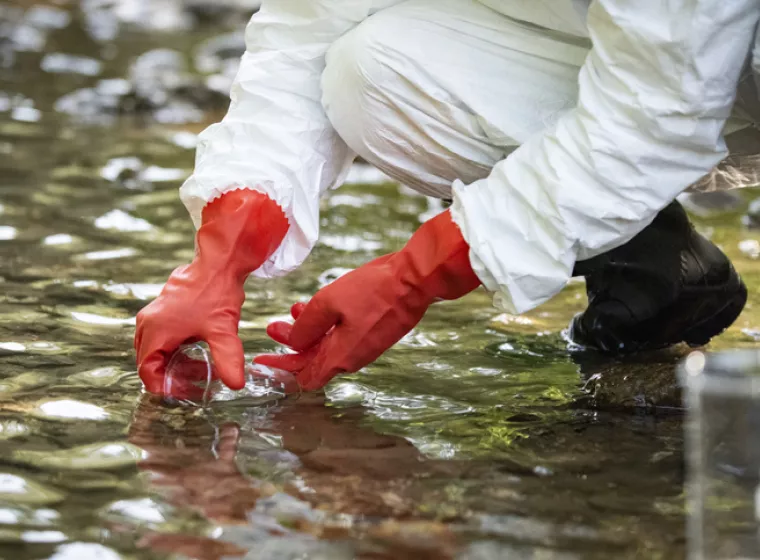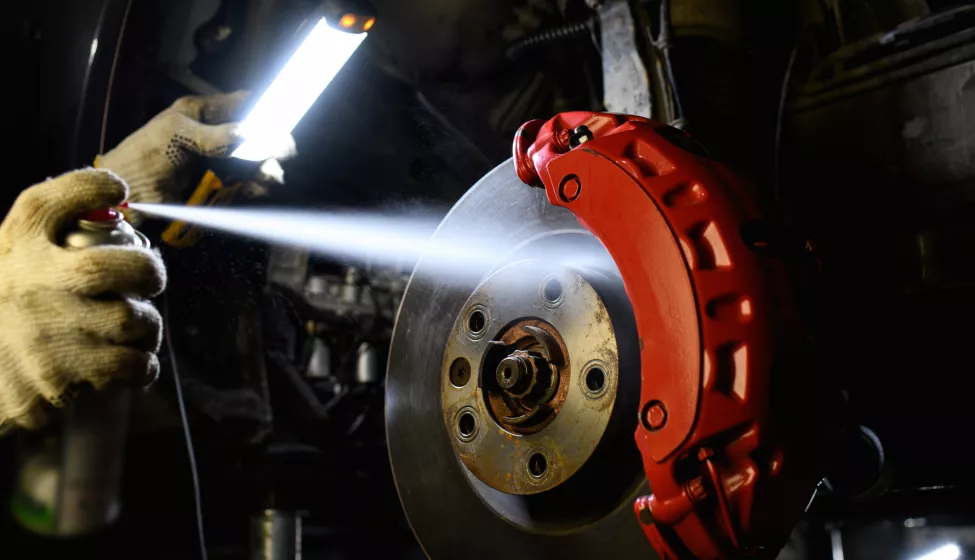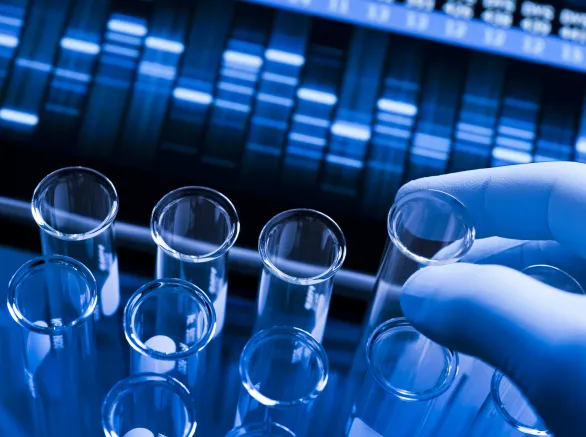May 28, 2025
Amended regulations limiting hydrofluorocarbon use will impact aerosol manufacturers and distributors
The New York State Department of Environmental Conservation (NYSDEC) has amended Part 494 of Title 6 of the New York Codes, Rules, and Regulations to further reduce hydrofluorocarbon (HFC) emissions. These amendments will have significant implications for manufacturers, sellers, and distributors of aerosol products that use HFCs as propellants.
Starting June 1, producers, manufacturers, sellers, and distributors of products containing certain HFCs must register with NYSDEC. Annual disclosure and reporting requirements begin March 31, 2026.
Minimizing the impact of greenhouse gases
HFCs are potent greenhouse gases commonly used in various applications, including refrigeration, air conditioning, foam blowing, and aerosol propellants. Recognizing their high global warming potential (GWP), New York State is acting to phasedown HFC emissions, aligning with both state-level climate goals and federal initiatives under the American Innovation and Manufacturing (AIM) Act. This regulation seeks to minimize the release of these substances into the atmosphere, mitigating their contribution to climate change.
Implications of the New York Regulation
Part 494, titled "Hydrofluorocarbon Standards and Reporting," establishes a framework for regulating HFCs. There are several important aspects of this regulation.
- Regulated Substances: The regulation targets fluorinated greenhouse gases with a 20-year global warming potential (GWP20) greater than 10. GWP20 measures how much energy a gas absorbs over 20 years, relative to carbon dioxide. HFCs, commonly used as aerosol propellants, typically have GWP20 values ranging from 17 to 12,400, making them subject to these regulations in addition to chlorofluorocarbons, hydrochlorofluorocarbons, and other fluorinated species.
- Phasedown Approach: NYSDEC is implementing a phasedown approach, with progressively stricter limitations on HFC use over time, beginning in 2026, with reporting extending until 2034 and including prohibitions stricter than current federal requirements. This approach will allow affected industries adequate time to transition to alternative substances.
- Restrictions on Aerosol Propellants: Part 494 includes specific provisions affecting aerosol propellants. In 2028, further restrictions on aerosol propellants will take effect, corresponding to the federal schedule outlined in the AIM Act. By 2034, the use of any regulated substance with a GWP20 greater than 10 will be prohibited in all applications, including aerosol propellants.
Impact on aerosol product manufacturers
These regulations directly affect aerosol product manufacturers using HFCs as propellants. Manufacturers may need to reformulate their products to replace HFC propellants with alternative substances that have lower GWP20 values, which could involve significant research and development efforts. Additionally, sourcing alternative propellants may require adjustments to existing supply chains, and the transition could also result in increased production costs.
Manufacturers will additionally face new compliance obligations, given the registration and reporting requirements outlined in Part 494. In some cases, manufacturers may need to discontinue products if suitable lower-GWP alternatives cannot be identified.
Compliance recommendations
Aerosol product manufacturers can consider the following steps to support product compliance in New York state:
- Identify Affected Products: Determine which products use HFCs as propellants and are therefore subject to the regulation.
- Evaluate Alternative Propellants: Begin evaluating potential alternative propellants, considering factors such as performance, cost, safety, and environmental impact.
- Develop a Transition Plan: Develop a plan to transition to alternative propellants, including timelines for product reformulation, supply chain adjustments, and compliance with reporting requirements.
- Stay Informed: Stay informed about any updates or amendments to Part 494, as well as developments in alternative propellant technologies.
What Can We Help You Solve?
Exponent's team of scientists and engineers has extensive experience in state regulations and formulation support. We can assist aerosol product manufacturers in assessing the impact of the regulations on their business, identifying and evaluating alternative propellants, and providing technical support for product reformulation.

Environmental & Regulatory Compliance
Rigorous analyses to help clients overcome complex environmental and regulatory hurdles and meet auditing obligations.

Industrial Contamination Management
Expert environmental services for a range of complex industrial contamination challenges.
![Risk & Safety Analysis [ME]](/sites/default/files/styles/cards_home_card/public/media/images/GettyImages-1023136634.jpg.webp?itok=XS9Nc-EE)
Risk Management & Hazard Analysis
Risk assessments and hazard analysis for every industry to minimize the likelihood that accidents and system failures cause deferred or lost production.

Historical Reconstruction of Chemical Releases
Multidisciplinary consulting, including expertise in industrial operations and environmental forensics, to reconstruct historical chemical releases.

Environmental Forensics
Determine and remediate contaminant sources accurately and effectively with precise science and technical expertise.



